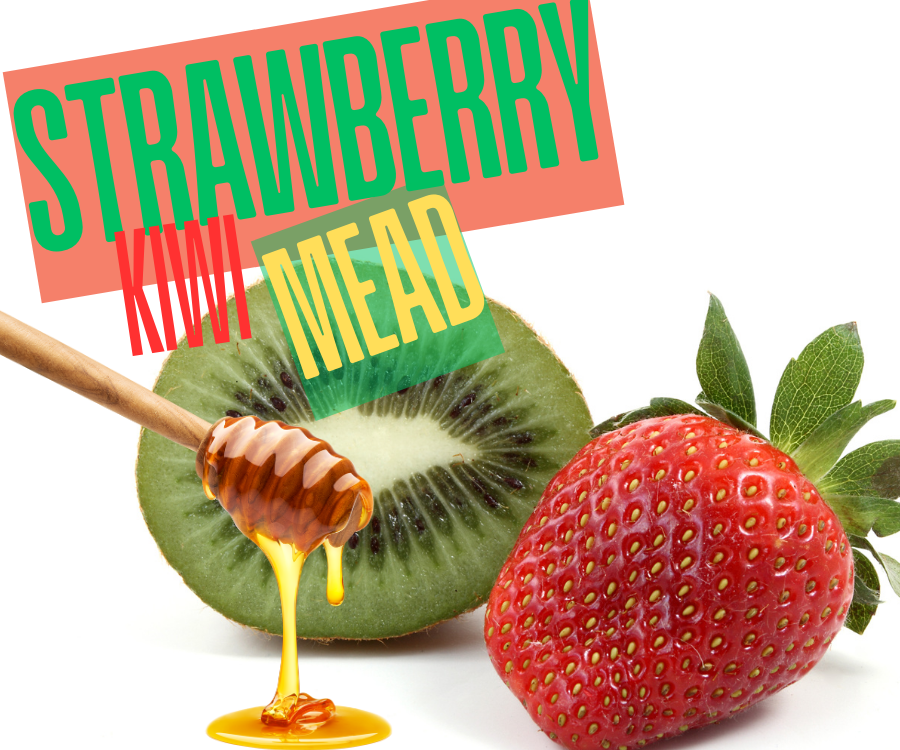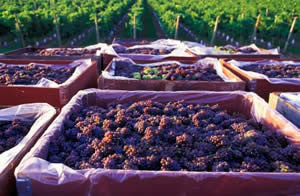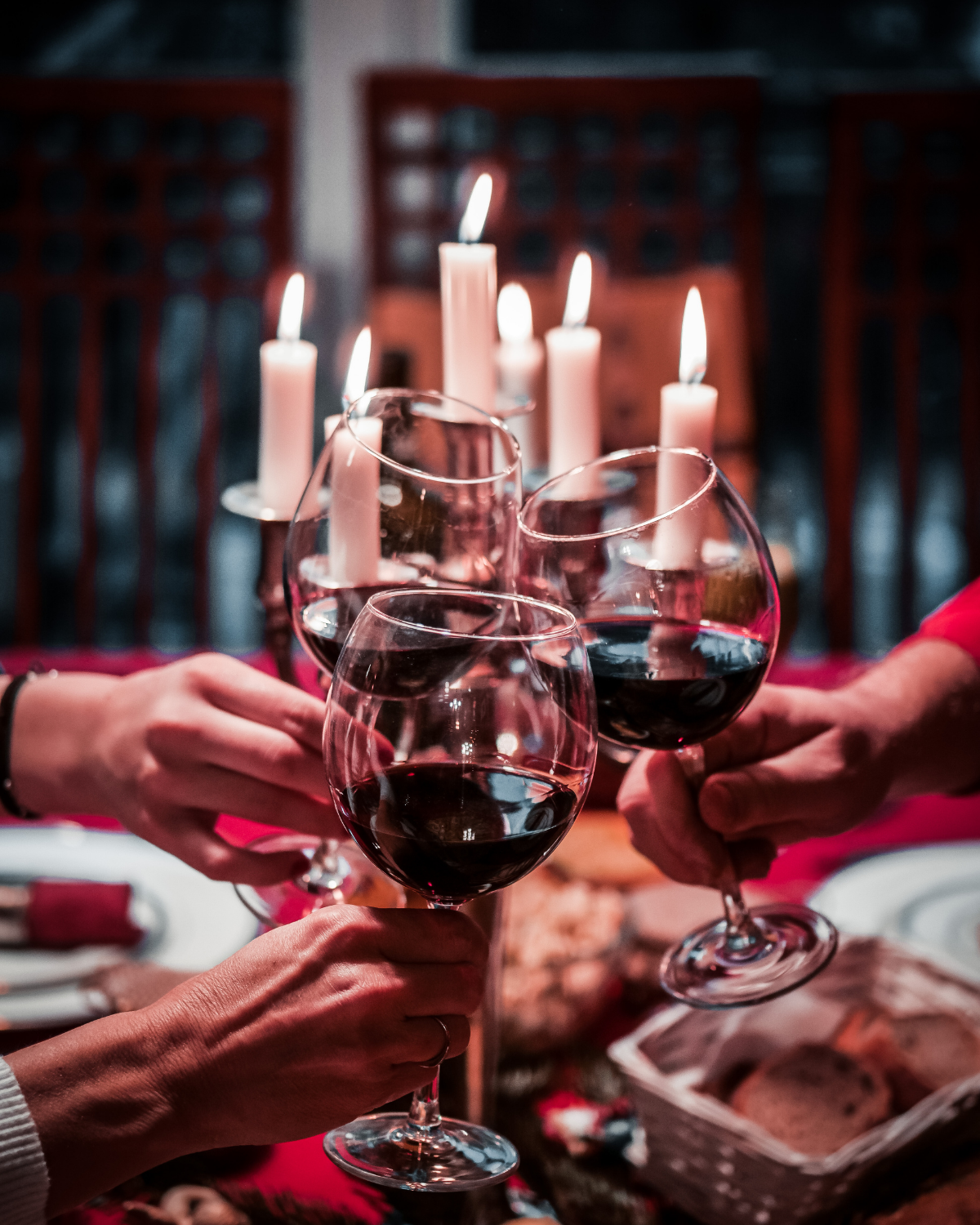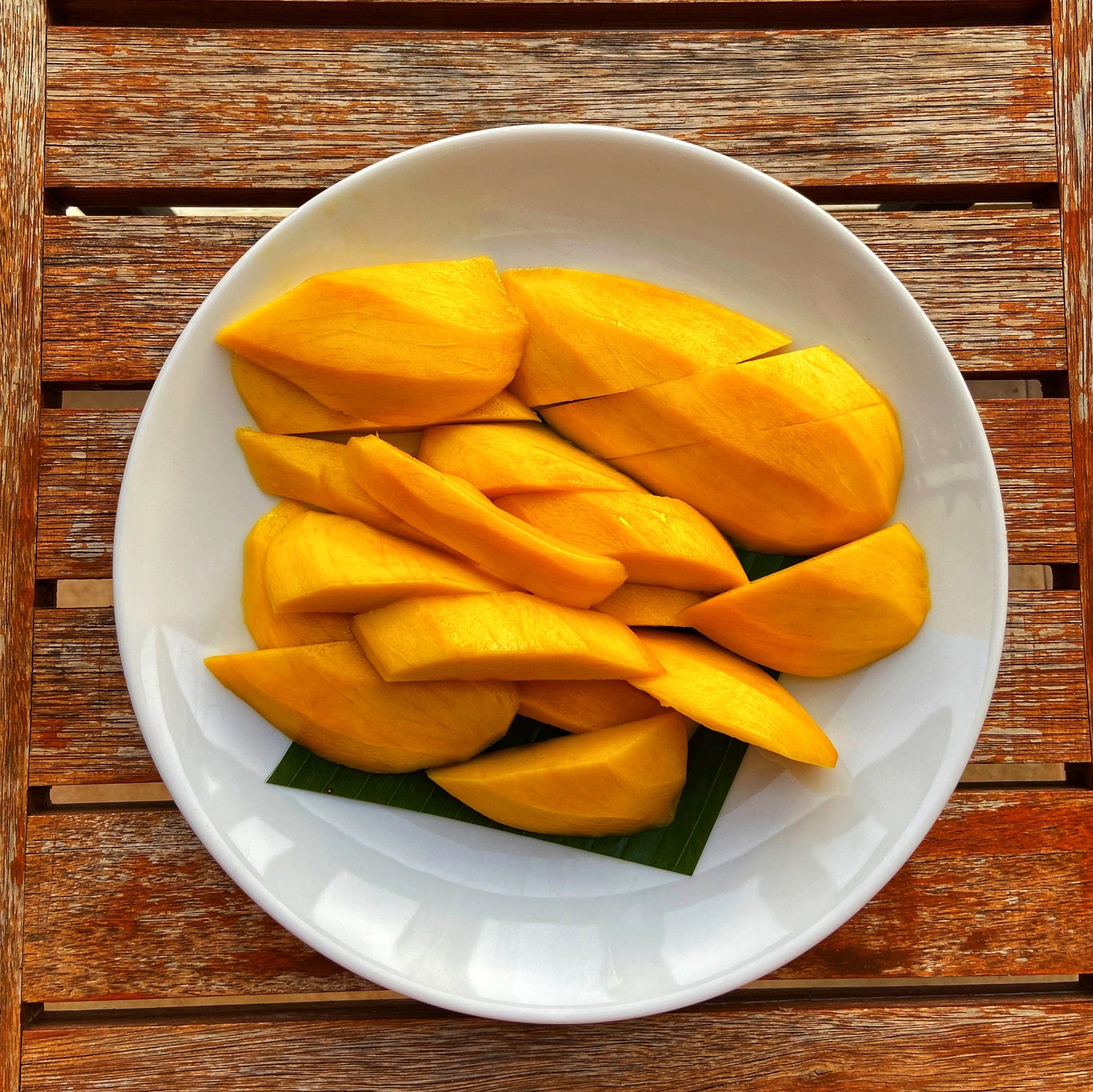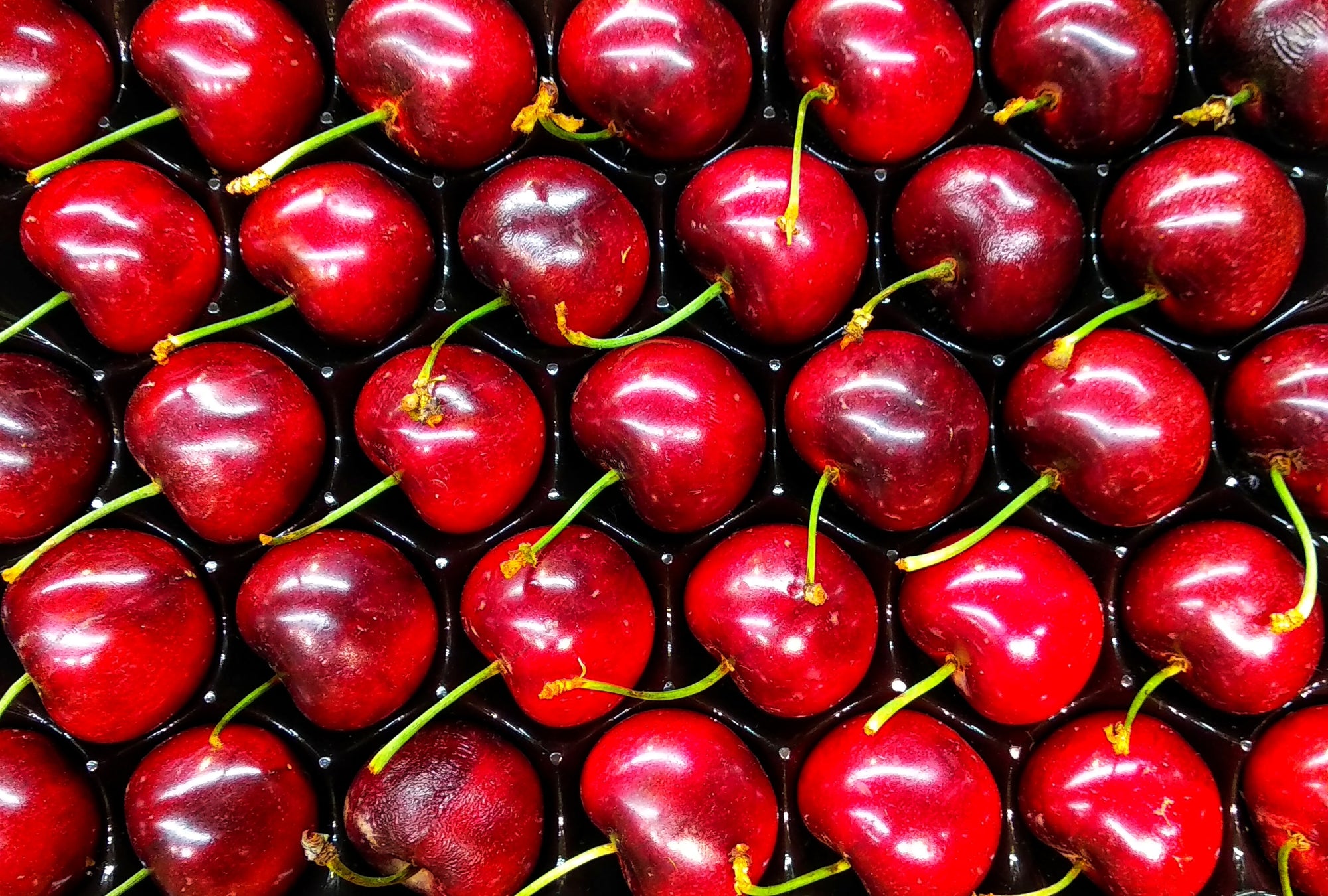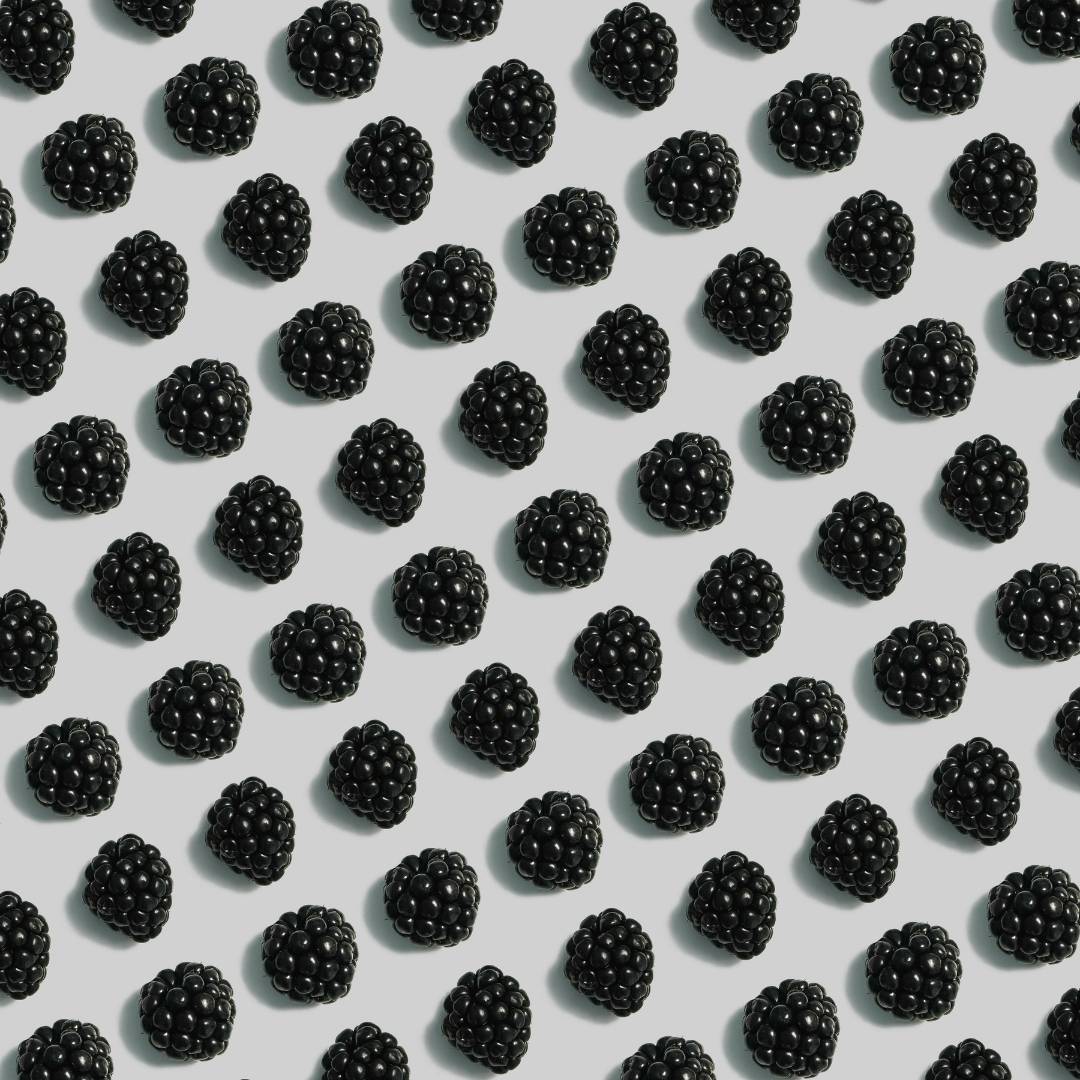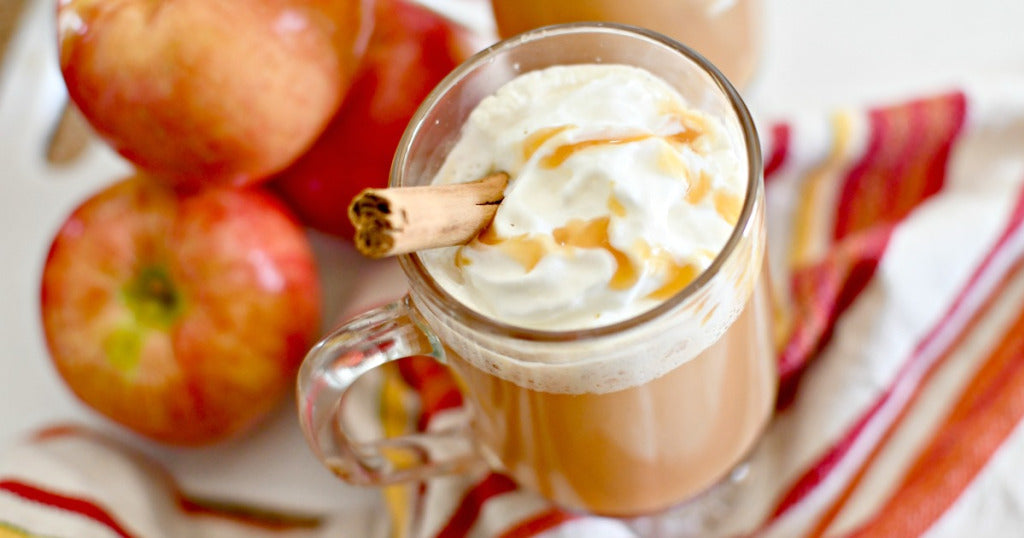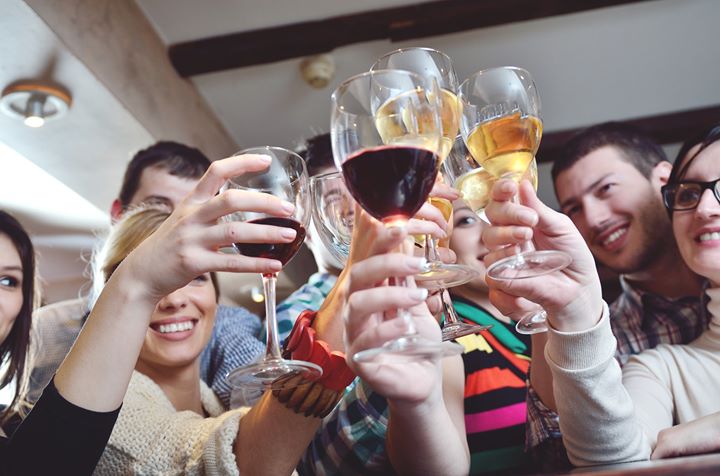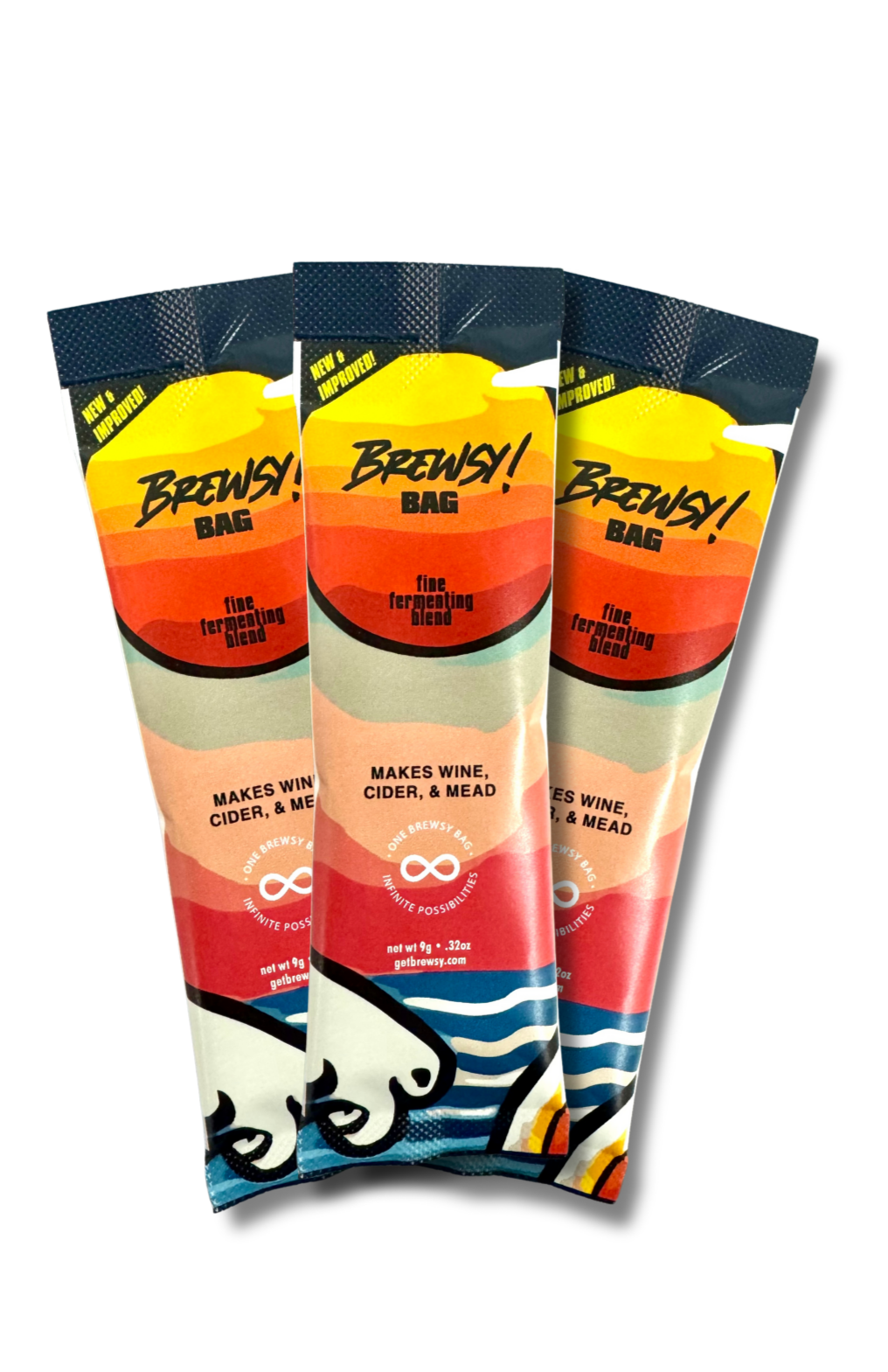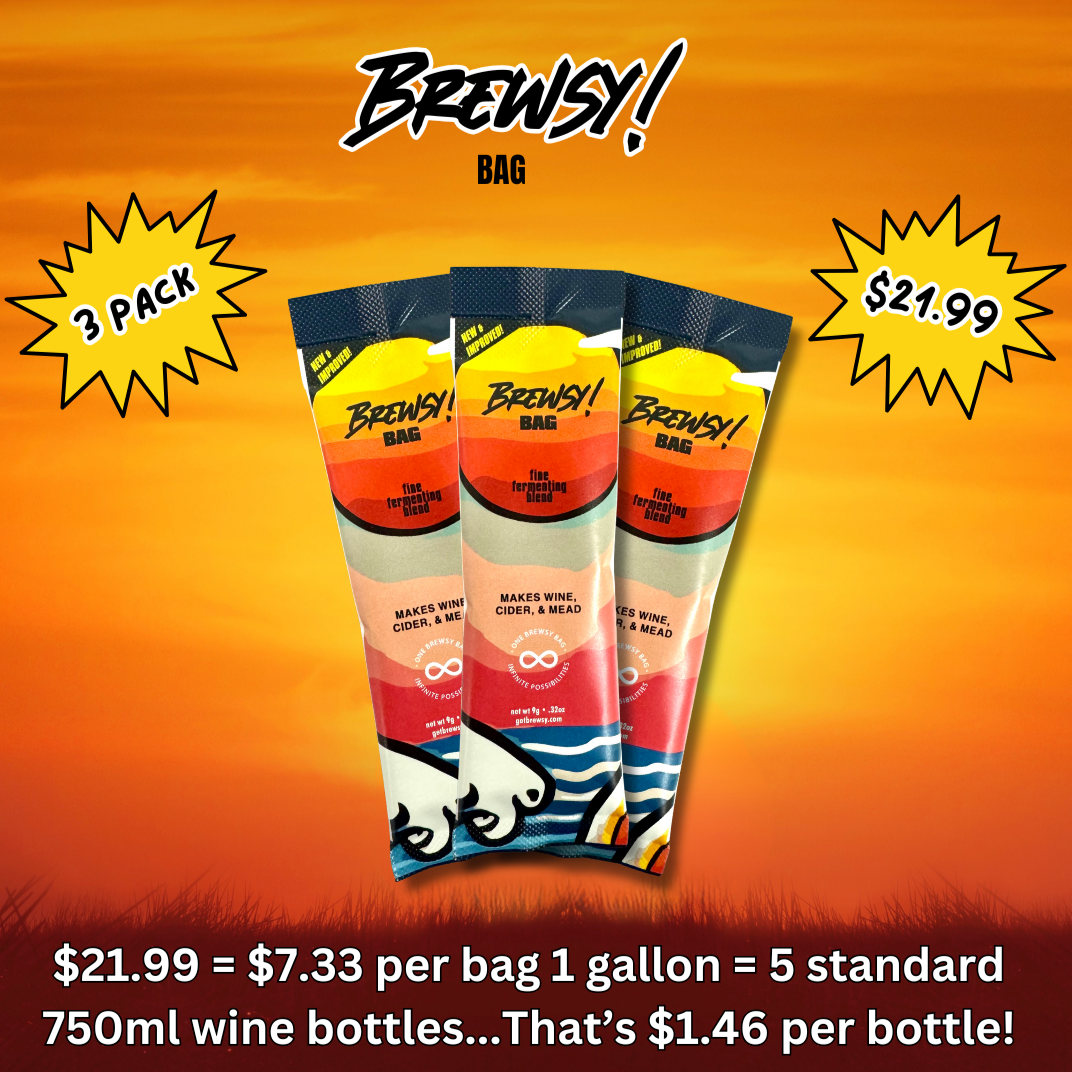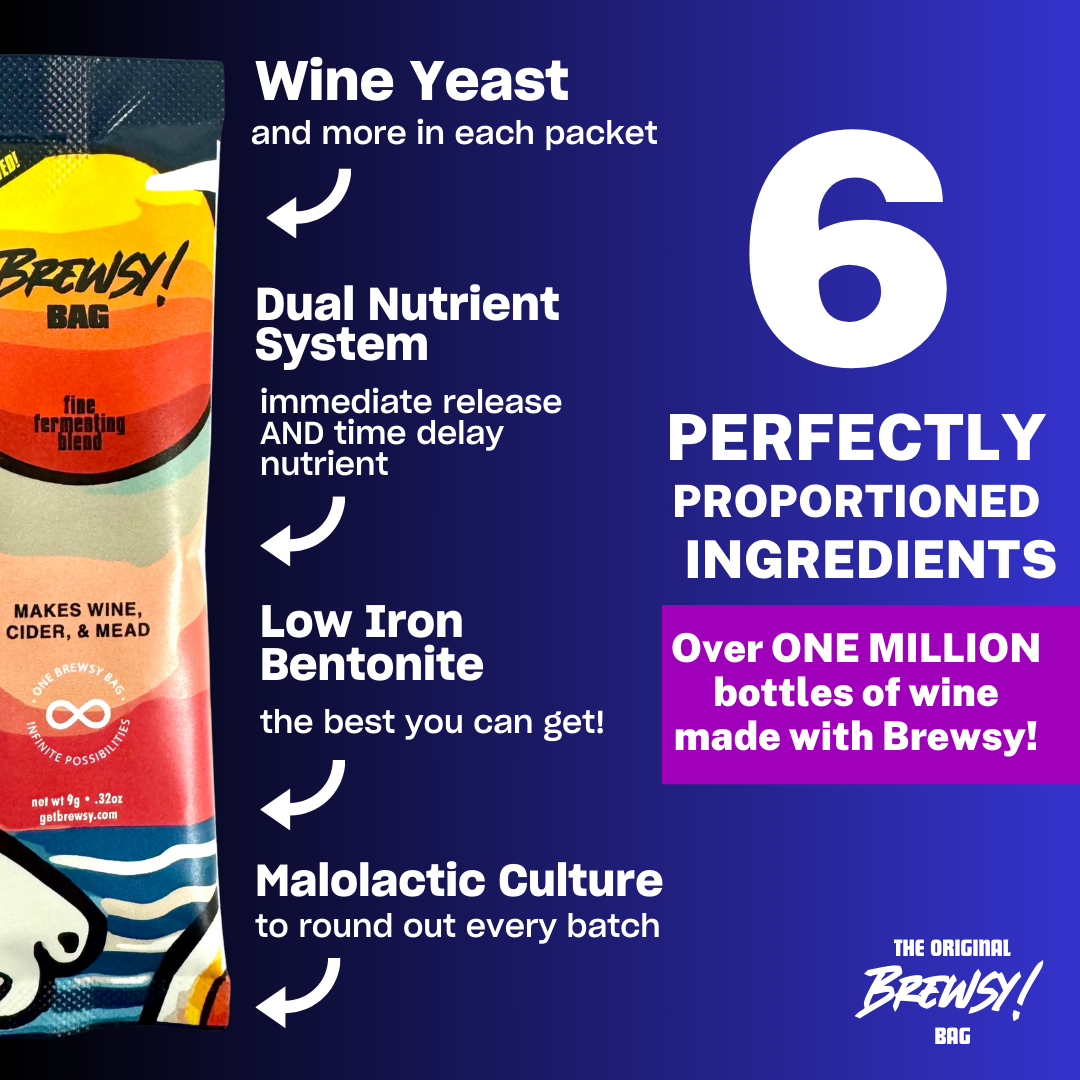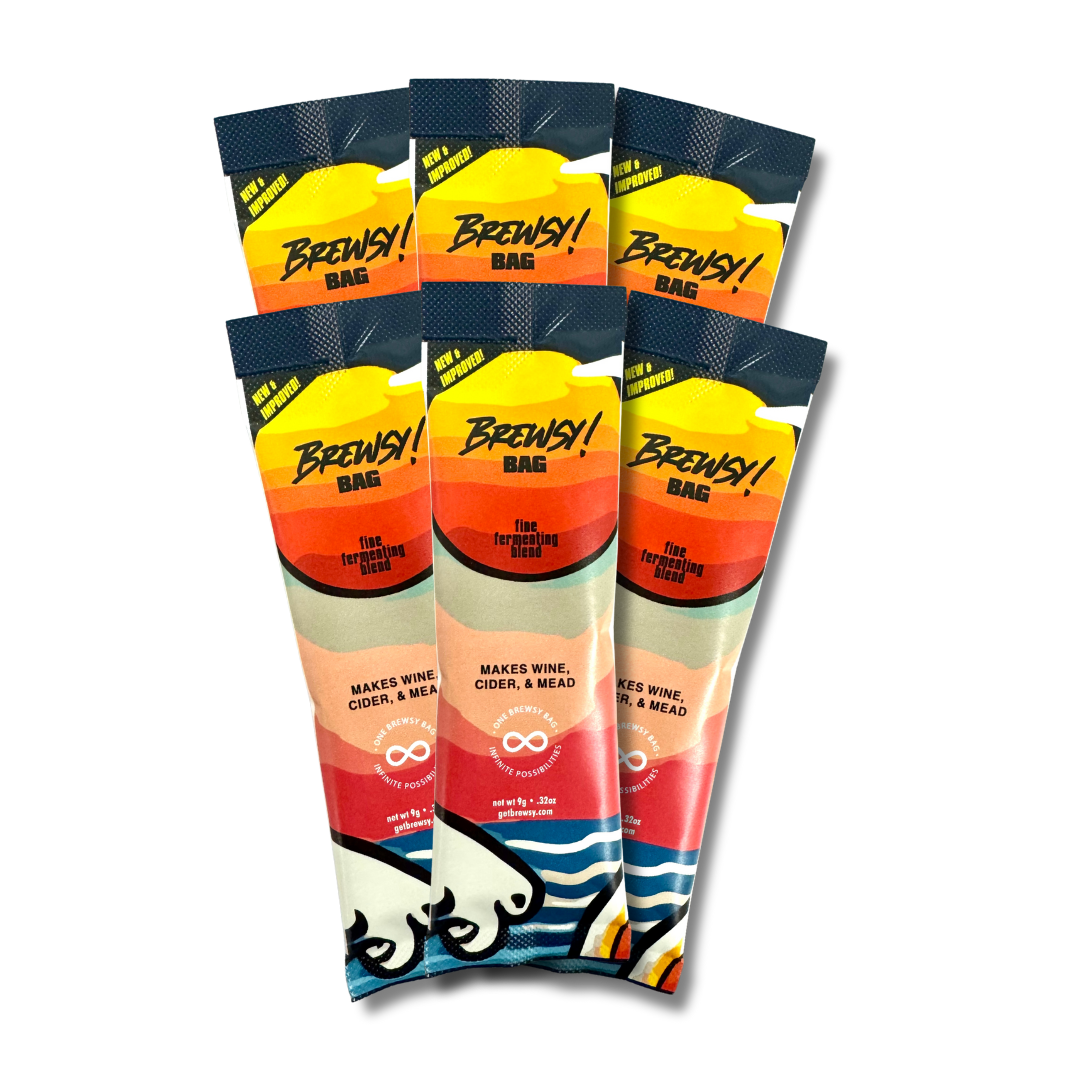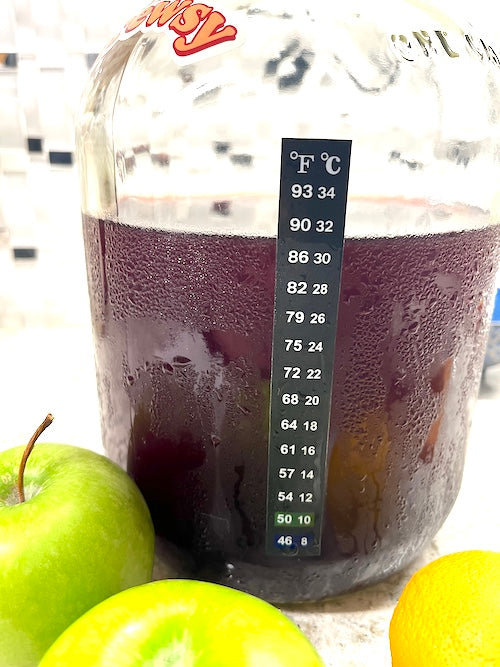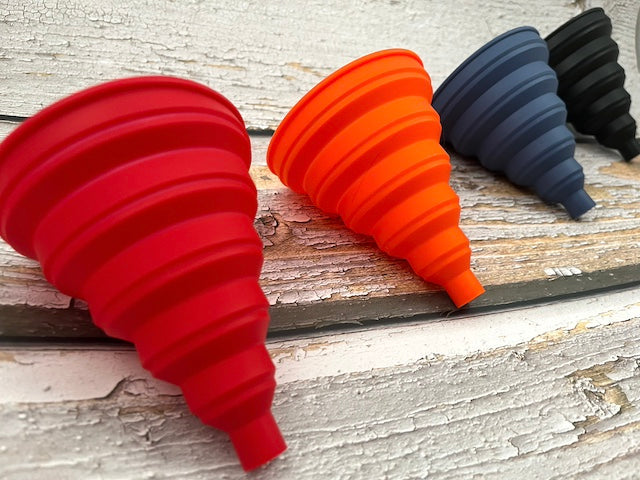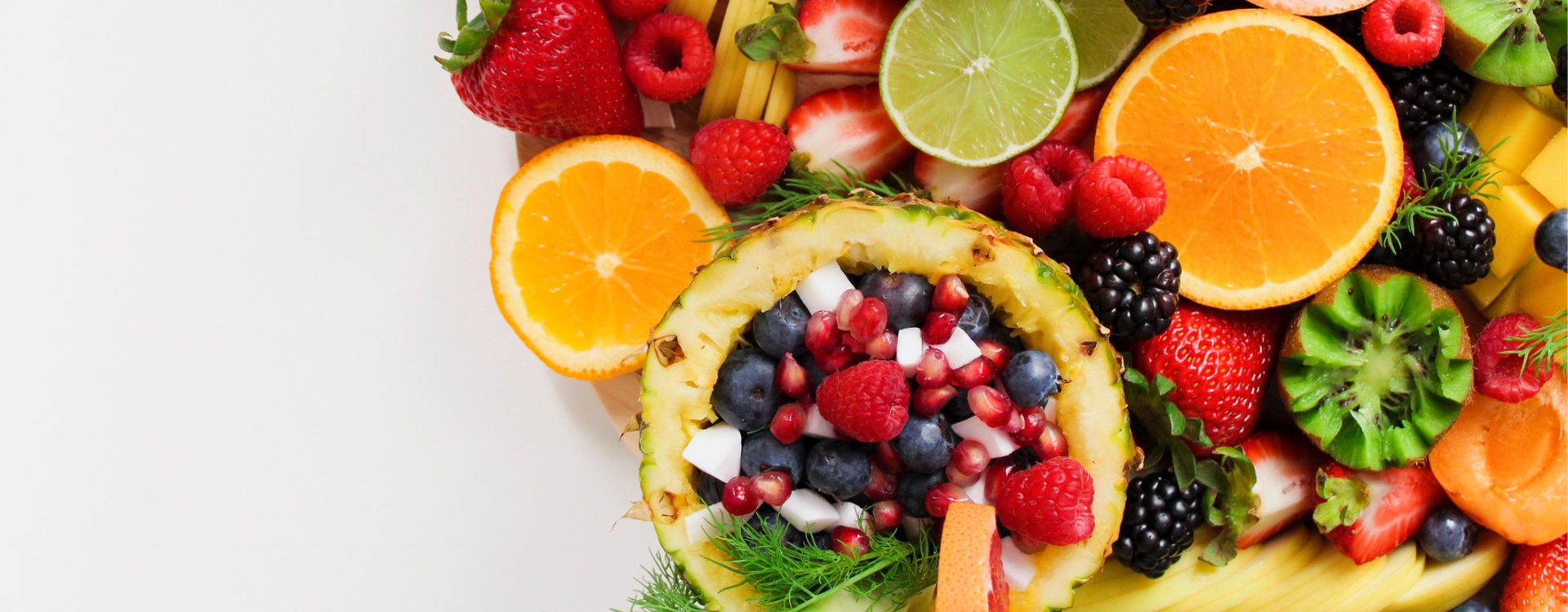
How to Taste White Wine?
How to Taste White Wine?
With wines having been around for literal thousands of years, time has only introduced people with the ability to refine and improve the winemaking process, whether it be red or white wine, and while a lot of people enjoy it on a regular basis, wine-tasting is well-known activity enjoyed by both the average drinker as well as connoisseurs which leads to the question: how to taste white wine?
For the most part, white wine tasting is quite similar to red wine that it requires a process of four steps which are looking, smelling, tasting, and thinking.
To begin, white wine glasses are smaller than red wine glasses because white wine does not need as much room to "breath" as red wine does. On a secondary thought, one might think that any glass will do for wine-tasting but the designs of wine glasses in general are actually scientific. The designs are specifically as such because they enhance the overall experience. Thus, for white wine, it is best if one has a white wine glass.
Unlike red wine, however, which is best served at slightly cooler than room temperature, white wine is best served chilled. Chilled here being ever so slightly warmer than fridge temperature, around 7 to 10C (44-50F). A good way to make a distinction is that if the smell of alcohol from the wine gives your nose a burning sensation, it may be too warm. And if there is little flavor, it may be too cold.
Similar to red wine, it begins with the observation of color, specifically the color in and of itself and the intensity of said color - intensity in this sense being the saturation. Just like red wine, white wine can also have wine legs which are the droplets found on the inside of the glass due to alcohol evaporation.
Next are the wine bouquets or aromas. White wines tend to be, generally, more delicate than red wines, so bouquets here are going to much more subtle. Swirling the glass introduces oxygen into the wine thus helps liberate the smells. It is a safe bet to expect fruity or floral aromas in white wines. As with wine bouquets in general, there are distinct sets of aromas that can also be found in white wine.
After the olfactory experience comes the tasting. Tasting here is not just about the overall taste and flavor profile of the wine, but also the alcohol content whether it is sweet, dry, or somewhere within that range.
Lastly comes the construction of thoughts. How did the wine make you feel? Was it balanced? Or perhaps it was too sweet or too dry? Too fruity or too floral? How strong was the alcohol? And, same as red wine, did I enjoy this wine?
Because white wines also come in a large amount of variety, if one partakes in a wine-tasting activity, it is always a good idea to start from light and drier wines before moving on to fuller body and sweet ones to keep the taste buds at the ready.
Here is our list of white wine pairings for your next meal or get-together!

